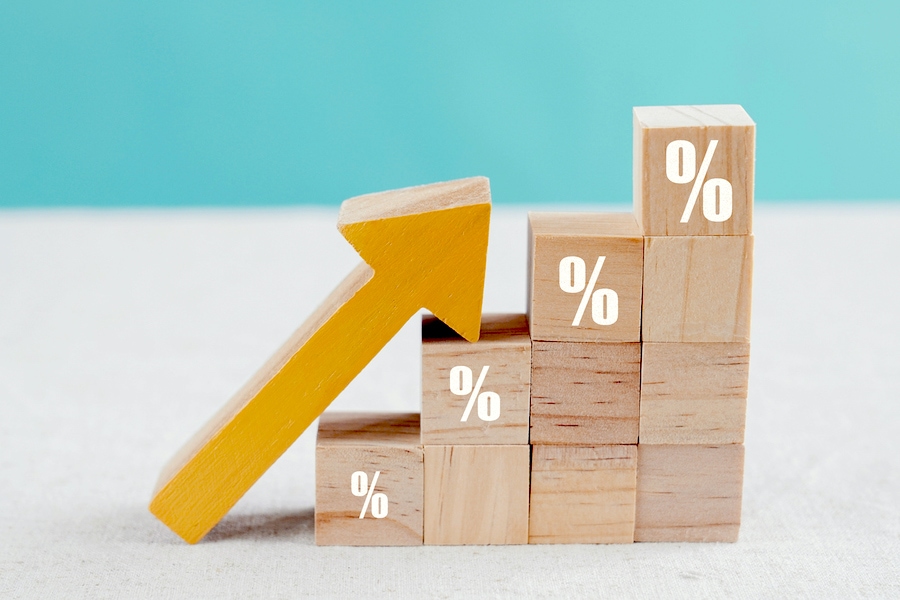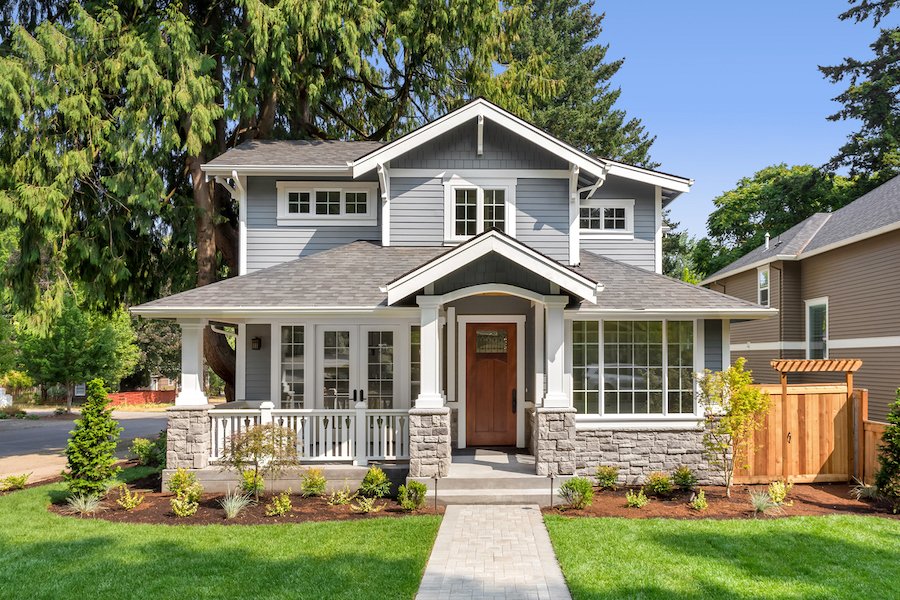
The FHA Streamline Refinance is still one of the best ways to reduce your monthly mortgage payment without the hassle of a traditional refinance. It’s fast and efficient and requires minimal documentation to refinance your mortgage at a lower rate.
One catch: the FHA streamline refinance is only available for homeowners who currently have an FHA home loan. If you’re not sure whether or not your mortgage is an FHA loan, connect with one of our mortgage advisors. We’re happy to help.
FHA loans are still one of the top 5 home loans selected by first-time homebuyers, so there’s a good chance you’re eligible. For homeowners with an existing FHA home loan, the streamline refinance is the fastest way to lock in a lower rate and reduce your monthly mortgage payment.
Top reasons homeowners apply for the FHA streamline refinance:
- Lower your mortgage rate to market rates
- Reduce your monthly mortgage payment
- No income verification required
- No credit check required
- No home appraisal required
Quick note! If you have equity in your home and a good credit score, you might want to refinance your FHA loan to a conventional loan, which we blogged about here. Get rid of mortgage insurance premiums and access more with cash out.
What to expect when you apply for an FHA streamline refinance:
The FHA (Federal Housing Administration) home loan is a government-backed home loan popular for first-time homeowners. If mortgage rates have dropped since you first bought your home, it makes sense to refinance.
But what if you haven’t built much equity in your home yet? What if your credit score has dropped? What if your employment situation has changed or become unpredictable?
When you apply for the FHA streamline refinance, you can take advantage of low mortgage rates and lower your mortgage payment without having to provide much documentation. The loans are government-insured, and lenders figure if you’re able to make your current mortgage payment on time, then you’ll be able to make a lower mortgage payment even easier.
Main Benefits to the FHA Streamline Refinance
The top benefit is the ability to lower your interest rate without the extra paperwork of a traditional refinance.
If your mortgage rate is higher than 4.5%, connect with a local mortgage advisor. The FHA streamline is the easiest and fastest refinance loan available.
- No home appraisal is required. Even if your home value has dropped, you can still qualify to lower your mortgage payment.
- MIP (mortgage insurance premium) could decrease.
- There is no credit check. If your credit score has dropped since your last mortgage, it won’t negatively affect your refinance rates or loan terms.
- Refinance rates are typically lower than industry averages.
- There is no income verification required. If you’ve recently lost your job or been laid off, you could still qualify for a lower mortgage payment.
How do I qualify for the FHA streamline refinance?
The FHA Streamline offers rate and term home loans common to most refinance programs. You can refinance to a 30-year fixed rate, a 15-year fixed rate, or an adjustable-rate mortgage. Beware that if you restart the clock to a 30-year fixed-rate mortgage, you may end up paying higher MIP over the life of the loan. To apply for a streamline refinance, you must meet the following eligibility requirements and provide noted documentation.
Eligibility requirements:
- The current mortgage must be an FHA home loan.
- Past 3 months of mortgage payments must be on-time payments.
- Must provide a current mortgage statement with at least 6 months’ payment history. (Equal to a 210 day minimum waiting period since the date of your last refinance or purchase.)
- The FHA Streamline Refinance needs to benefit the homeowner financially by reducing your interest rate (including insurance) by at least 0.50%.
- Need to provide employer information (lender might verify employment, but not income).
- Must present current utility bill to verify your primary residence.
- Must provide recent bank statements (60 days) to verify available funds for closing costs
* If you don’t meet these requirements, be assured that there are several refinance options available! Talk with a qualified mortgage advisor to discuss your financial goals. We can help you discover the best path to refinance your mortgage and save you money in the long term.
Can I get cash out with an FHA streamline refinance?
No. The FHA streamline is limited in scope and works similar to a rate and term refinance. You’ll be able to refinance to a lower mortgage rate and set a new term for the duration of your loan.
If you’re interested in refinancing with cash out, talk with a local mortgage advisor. There are several refinance options that can save you money and help you access the equity in your home, which we blogged about here.
Will I need to pay MIP (mortgage insurance premium) with an FHA streamline?
In most cases, yes. Your MIP can be canceled for some homeowners, especially if you put more than 10% down when you bought your home. If you want to cancel your MIP, talk with a mortgage advisor. We can help explain the best options that will help you save money on your mortgage.
Are there closing costs for an FHA streamline refinance?
Yes. For a standard FHA streamline, homeowners are expected to pay closing costs when they refinance. The bulk of the closing costs typically aren’t allowed to be rolled into the new loan and usually amount to 2-5% of the loan amount. That said, talk with your lender about options to reduce your closing costs or negotiate fees, which we blogged about here.
Next Steps
The FHA streamline is a smart move if you want to refinance to lower your mortgage payment. But with mortgage rates so low, you might want to consider all your refinance options to find the best fit. Take action and connect with a local mortgage advisor to discuss your financial goals. We’d love to help.








